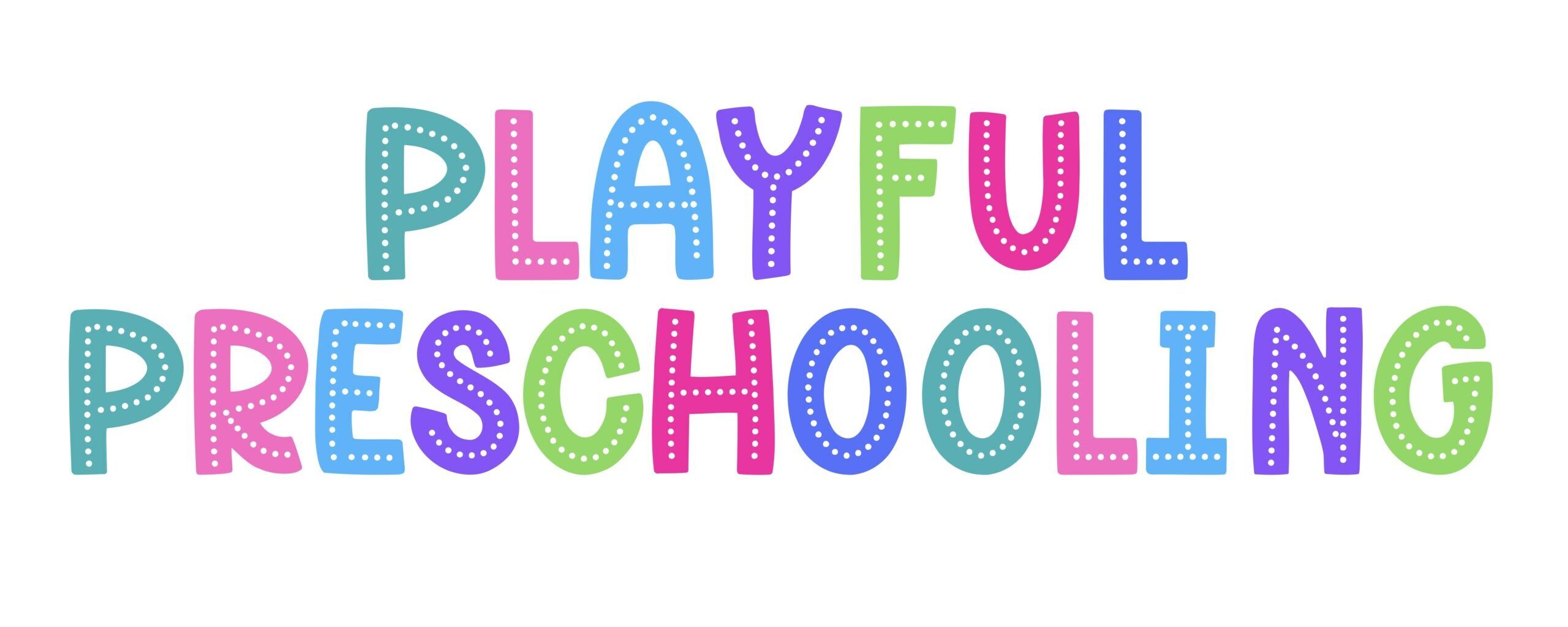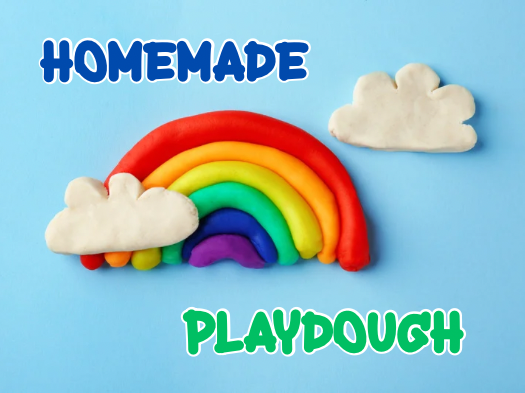10 Unique Craft Ideas for Little Learners
Let’s Move beyond the usual pasta necklaces and handprint turkeys and brainstorm 10 unique and innovative craft ideas for preschoolers and kindergarteners using a blend of creativity and even a touch of modern tech where it fits:
- Interactive Storytelling with Stop Motion: Instead of just drawing a story, kids can create simple characters out of modeling clay or paper cutouts and use a tablet or smartphone with a free stop-motion animation app (like Stop Motion Studio) to bring their story to life. They learn about sequencing, storytelling, and basic animation principles. You can even add voiceovers!
- Nature Weaving with a Digital Frame: Collect interesting natural materials like leaves, twigs, and flower petals. Instead of a traditional loom, use a digital picture frame displaying a simple grid or geometric shape. Kids can “weave” their natural treasures onto the screen, creating temporary, beautiful artwork. This combines nature exploration with technology in an unexpected way.
- Sound-Activated Sensory Bottles: Fill clear plastic bottles with various materials like rice, beads, and glitter. Then, introduce a simple sound sensor (some are available as inexpensive add-ons for microcontrollers or even as standalone toys). When the kids make different sounds (loud, soft, high, low), the materials inside the bottle will move in unique ways, creating a dynamic sensory experience.
- Light Painting with Tablets: In a darkened room, set a tablet to a white screen or use a simple drawing app with a bright brush. Using flashlights or glow sticks, children can “paint” in the air while someone takes long-exposure photos with another phone or camera. The results are magical trails of light captured in an image.
- DIY Digital Kaleidoscope: Use a tablet or old smartphone and a free drawing app. Have kids create colorful abstract drawings. Then, use a simple mirror or a triangular prism (if you have one) held against the screen to create kaleidoscopic reflections. They can manipulate the drawing and the mirror to see endless patterns.
- Code-a-Creature with Stickers and a Simple Coding App: Draw simple outlines of animals or imaginary creatures on paper. Then, use colorful dot stickers to represent different “code” instructions (e.g., red sticker = move forward, blue sticker = jump). Use a very basic visual coding app (like ScratchJr on a tablet) to program a simple animation of a similar creature based on the sticker code they created. This introduces early coding concepts in a tangible way.
- Projection Tracing with Found Objects: Set up a small projector (even a mini portable one) to project the shadows of interesting household objects (toys, kitchen utensils, plants) onto a large sheet of paper. Kids can then trace these unique and often distorted shadows, creating unexpected and imaginative drawings.
- Upcycled Robot Sculptures with Vibration: Gather recyclable materials like cardboard boxes, plastic containers, and bottle caps. Let kids assemble them into robot shapes. Then, attach small vibrating motors (easily sourced from old electronics or craft stores) powered by batteries. Their robots will come to life with movement.
- Edible “Fossil” Dig with 3D Printed Molds: If you have access to a 3D printer (or know someone who does!), print simple shapes of “fossils.” Then, use these molds to create edible “fossils” out of chilled gelatin or cookie dough. Kids can then excavate these tasty treasures with small tools.
- Collaborative Digital Mural: Use a shared online drawing tool (many free options exist). Start a simple line or shape and invite your child to add to it. You can take turns or work simultaneously to create a collaborative digital mural. This encourages teamwork and explores digital art in a shared space
I tried to think outside the box and incorporate elements that go beyond traditional crafts. What do you think of these ideas? Are any of them sparking your interest?






